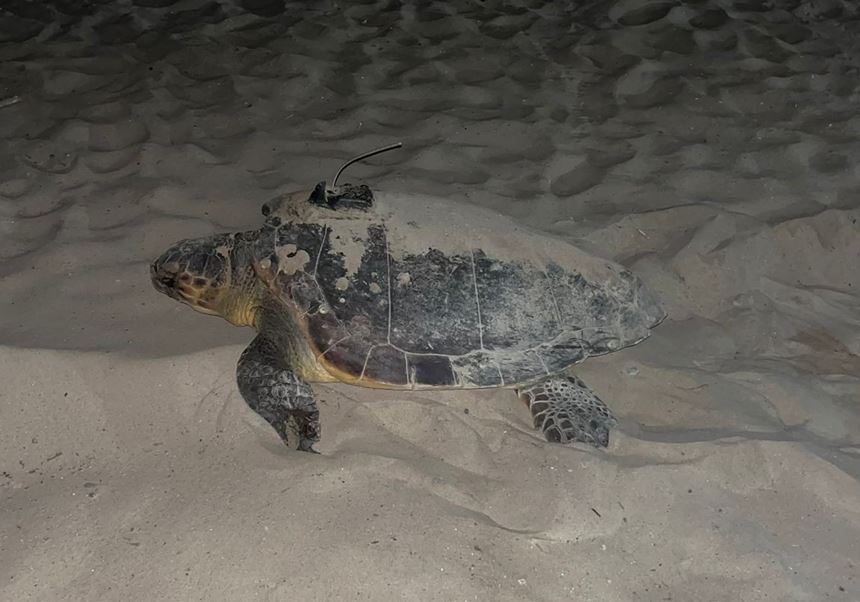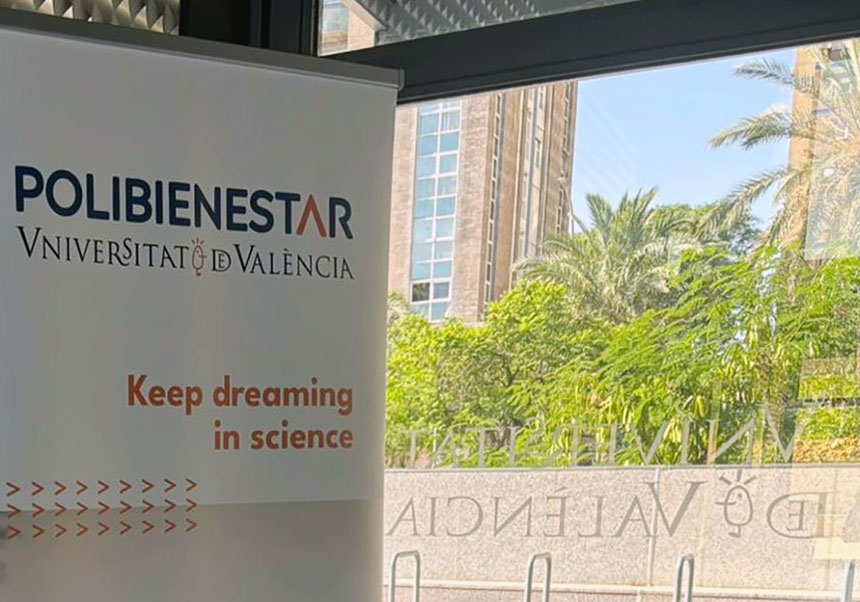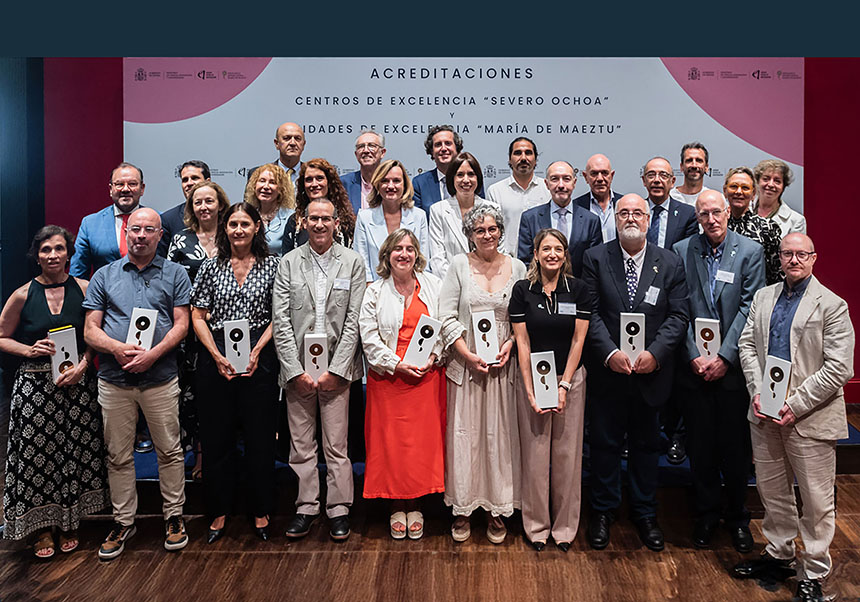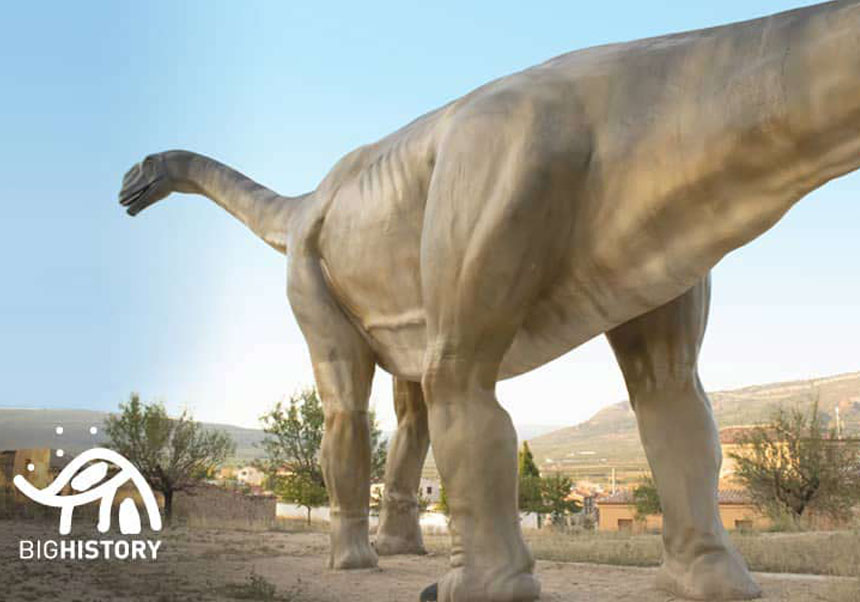Dálmata, the story of the sea turtle that has nested in the Catalonia and Valencian coasts.
- Scientific Culture and Innovation Unit
- July 14th, 2025

This female loggerhead turtle, equipped with a transmitter that makes possible her tracking through satellite her movement in the western Mediterranean, she laid eggs two times in the littoral in an interval of thirteen days.
Dálmata is the name of a female loggerhead turtle (Caretta caretta) who has laid eggs two times in less than two weeks in the beaches of the Mediterranean peninsula. Specifically, in Catalonia and the the Valencian Community. This nesting episode is an exceptional fact that reinforces the importance of scientific tracking and the citizenship implication in the conservation of this menaced species which does long migrations to areas such as the western Mediterranean.
The first egg laying of the season had place on 25 June in the San Feliu de Guíxols beach (Girona), a location where Dálmata laid 101 eggs. The second, with 129 eggs, was produced on 8 July during the night, in the El Puig beach (Valencia). In a biodiversity protection context, identifying many nests of a single female during just one season makes it possible to progress in the study of the colonisation process of new nesting areas in the western Mediterranean on the part of this species.
Dálmata is part of this scientific tracking of the species C. caretta which is developed through interdisciplinary projects such as LIFE TURTLENEST and InGeNi-Caretta, initiatives that count with the participation of the Universitat de València, the University of Barcelona, the Institut d’Investigació de la Biodiversitat de la UB (IRBio), the CT BETA de la Universitat de Vic - Universitat Central de Catalunya (UVic-UCC), the Universitat Politècnica de València and the Doñana Biological Station (EBD-CSIC), in collaboration with recovery centres of sea fauna and with the active support of the citizenship.
This turtle is equipped with a transmitter that allows to follow through satellite all her movements to identify with detail the habitats she frequents and make easy the detection, protection and study of her nests and her offspring. At the same time, a genetic analysis to know the origin and relationship of the nesting females, as well as other researches on their diet and the use of the habitat through techniques like the analysis of stable isotopes.
Citizenship collaboration to protect the sea turtles
The collaboration of citizens has been decisive to immediately detect the nesting episodes of turtles in the littoral. In the presence of a female turtle, an offspring or trail of movement in the sand, it is essential to warn about it via the phone 112 without interfering in any action: one must not disturb the animal, nor step on the trail, and one must wait until the specialised personnel gets there. In the case of Dálmata’s second nest, the team knew her location close to the coast thanks to the transmitter through satellite, but it was a 112 call that warned about the eggs laying of the turtle.
Funding:
InGeNi-Caretta counts with the support of the Biodiversity Foundation of the Ministry for the Ecological Transition and the Demographic Challenge (MITECO) inside the framework of the Recovery, Transformation and Resilience Plan (PRTR), financed by the European Union - NextGenerationEU.
LIFE TURTLENEST is a project co-financed by the LIFE programme of the European Commission (LIFE21-NAT-IT-LIFE-TURTLENEST/101074584).










